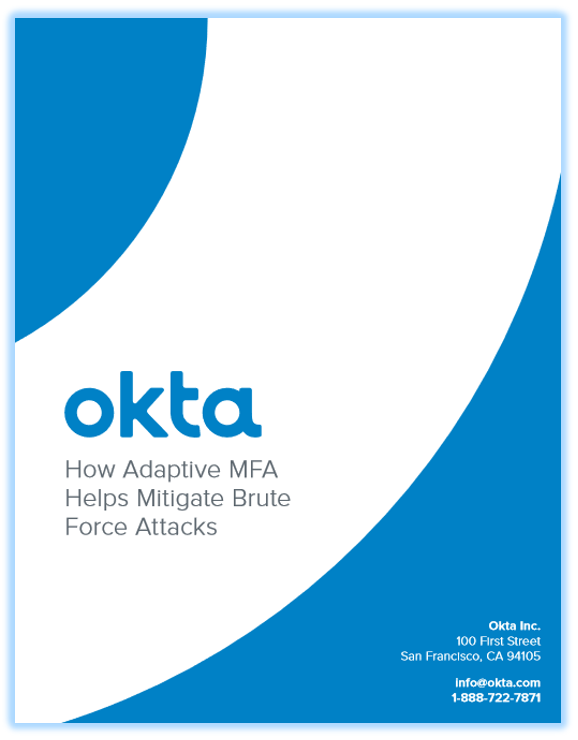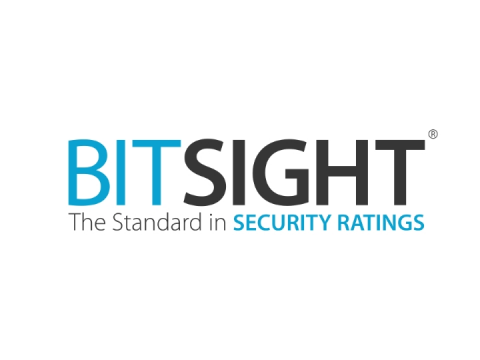Privileged Access Management in the Modern Threatscape
Privileged access remains the preferred vector for attackers, and most organizations aren’t taking the very basic steps to secure it
Multi-Factor Authentication Raises the Bar for Security
Multi-factor authentication (MFA) can greatly enhance security while delivering a positive user experience.
The 2019 State of Password and Authentication Security Behaviors Report
Despite the growing number of security breaches and a greater understanding of the security best practices, businesses are still falling short when it comes to password management and authentication practices.
Buyer's Guide: Evaluating and Getting Started with Modern MFA Solutions
To identify vendors for consideration, you can consult industry organizations, trade publications and peers. You’ll also gain third-party expert insights from leading analysts like Gartner, Forrester and KuppingerCole. Each regularly reports on MFA trends, technologies and solution providers.
Best Practices for Privileged Access Management in the Modern Enterprise
Data breaches continue to be top of mind for organizations large and small. Three key dynamics are making that challenge much harder — the cloud, the growing sophistication of attackers, and dramatic growth in outsourced services.
YubiKey FIPS Series: FIPS 140-2 Validation Ensures Strong Security and Compliance
Relying solely on username and password security puts enterprise data at risk. Catastrophic security breaches top world headlines every day, and for good reason. IT organizations can’t rely exclusively on passwords to protect access to corporate data.
Whitepaper: Multi-Factor Authentication for Customers
To get customer MFA right, you need to make implementation choices that ensure both customer experience and security are optimized for various use cases. You also need to determine the best way to introduce MFA to your customer base and decide if that means requiring it or making it optional.
Verify the Privileged User with Multi-Factor Authentication Everywhere
High profile breaches continue to make headlines weekly. Many of these breaches involve the use of compromised privileged credentials. Only a small percentage of cyber security professionals believe that user name and password-based security remains an adequate form of protection.
Go Passwordless Whitepaper
Learn the essentials of passwordless authentication and considerations for enterprise deployment.
How Adaptive MFA Helps Mitigate Brute Force Attacks
Before public cloud services, large-scale computing infrastructure was expensive, hosted on-premises, and reserved for big enterprises, governments, and universities. Now, anyone with a credit card can access an unlimited supply of cloud apps and computing power. While cloud computing offers many benefits, its accessibility has also made identity attacks targeting passwords much more popular.
The 8 Principles of Modern Infrastructure Access
Infrastructure resources are some of the most sensitive and valuable assets across your network. Whether in the cloud or on-prem, controlling access to servers and databases is a top priority for IT and Security departments. While traditional methods are laser-focused on “protecting the keys”, admin credential breaches continue to slam organizations.
How to Create a Scalable & Sustainable Vendor Risk Management Program
In this Ebook, we’ll explore those traditional programs and identify the areas where they fall short. We’ll discuss what it takes to create a VRM program that’s ready and able to stand up to the current state of affairs.
Forrester Cybersecurity Risk Rating Solutions Wave Report
For more details on the Wave evaluation, please download the complimentary copy of the report.
Gartner Vendor Risk Management Critical Capabilites Report
This new Gartner® report is the first critical capabilities research written exclusively for the Vendor Risk Management (VRM) market.























